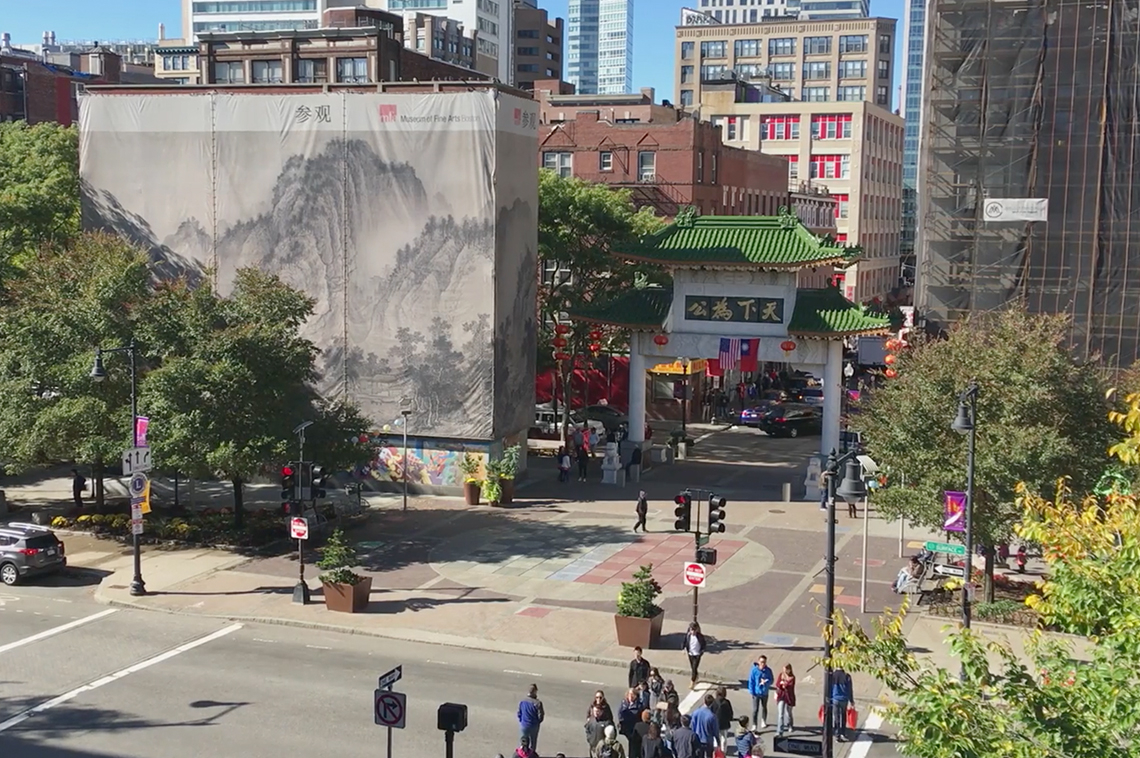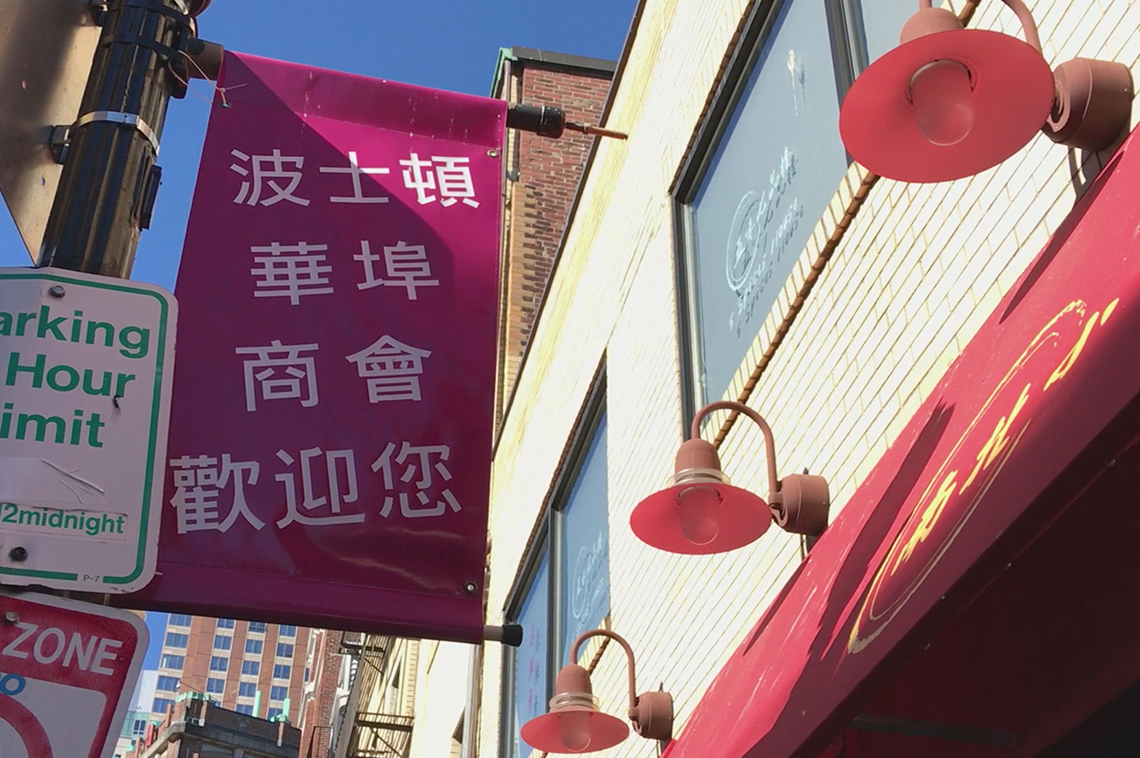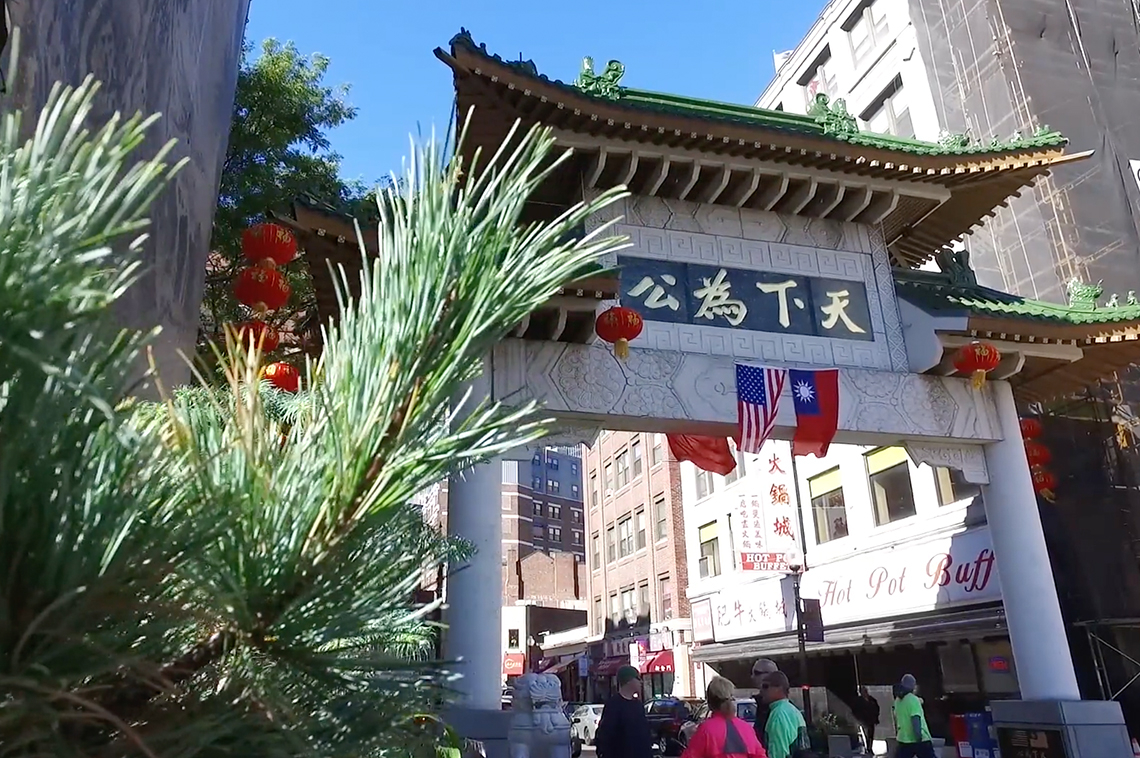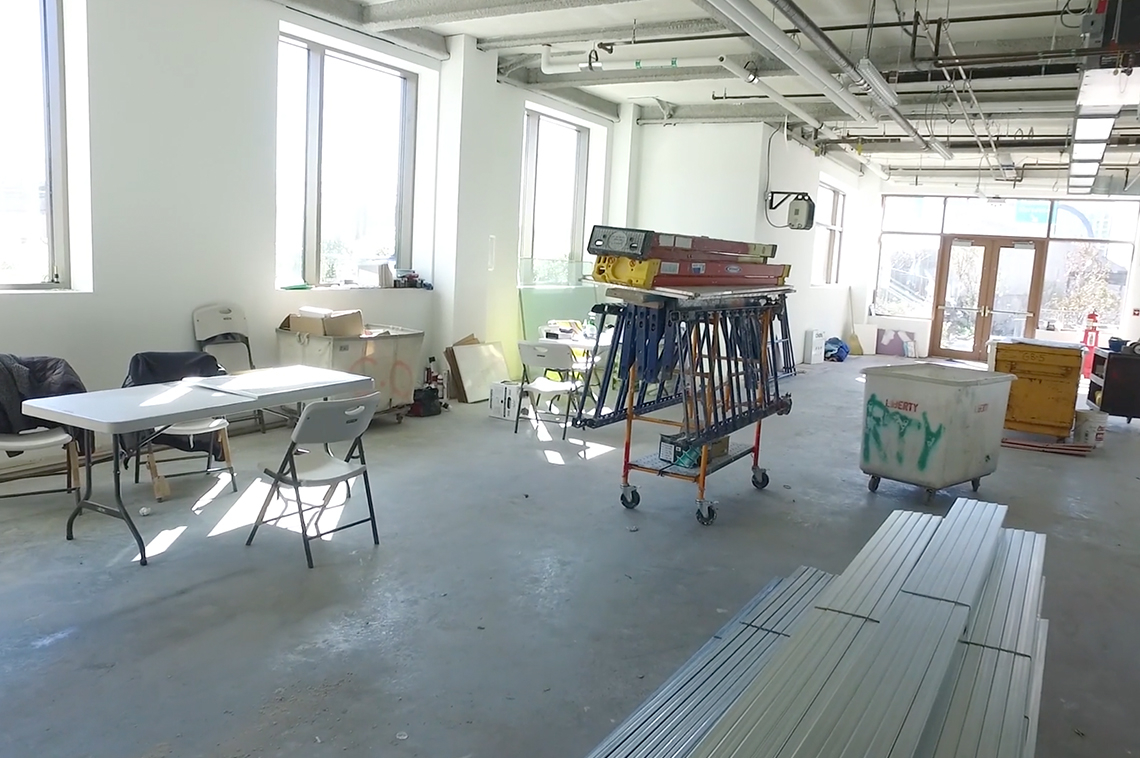



In May 2017, the Boston Chinatown Neighborhood Center finally achieved its goal of creating a communal arts center in the heart of Boston’s historic Chinatown neighborhood. The Pao Arts Center (one of ArtPlace’s 2016 funded projects) officially opened to the public on May 6, with plans to incorporate a wide range of programming and educational initiatives in partnership with other community organizations like Bunker Hill Community College.
With its focus on strengthening community bonds through art and using art to amplify underrepresented voices, the Pao Arts Center is a profound example of how institutions can improve public safety through programming which re-enforces local cultural identity. The center’s active engagement with the community via classes and educational out-reach functions as a preventative strategy to ensure the long-term safety and vibrancy of the community.
We spoke with Cynthia Woo, director of the Pao Arts Center, shortly after the center’s May 2017 opening to find out more about how the center acts as an anchor in Boston’s Chinatown community and how its programming promotes public safety outcomes.
ArtPlace: Let’s start by talking a little bit about the community around the Pao Arts Center. Who lives there and what is it like?
Cynthia Woo: When we talk about the community we serve, we’re typically thinking about who physically lives in the neighborhood but we’re also considering how the Chinatown community goes beyond physical borders. People who no longer live in Chinatown still come back to the area for services or groceries or just because they feel a sense of connection and belonging to Chinatown that they don’t find where they live. We’ve been thinking about what “community” really means beyond a geographical definition and how you can carry the sense of community that Chinatown offers back to where you do live.
ArtPlace: One of the things we observed in our 2016 field scan “Exploring the Ways Arts and Culture Intersect with Public Safety,” was that re-enforcing personal and cultural identity through the arts helps connect people to their community and improves relationships between community members. Those achievements support public safety outcomes like self-efficacy and civic engagement. So, how does the Pao Arts Center accomplish that goal of deepening connection and community?
Cynthia: We like to think of the Pao Arts Center as a touchstone in the community. We’ve also been talking about the center as a bridge. In recent years there’s been a demographic shift in Chinatown, so we have this mix of people with all sorts of different socio-economic backgrounds and different understandings of what Chinatown is. For more recent residents, it might just be their home that they go to in their market rate condo but they don’t really interact as much with the community. Maybe they go out to eat or something but they don’t really feel a sense of the history of Chinatown or what they’re really a part of.
The physical location of our building is a good representation of how the center functions as a connector or bridge in the community at large. We’re located in the One Greenway building which overlooks the highway–the highway that displaced around 200 families when it was built. So the piece of land we’re on was actually home to many residents in the 1960’s and was really a commercial hot zone in Chinatown. The One Greenway building was developed by our partner: The Asian Community Development Corporation. They’re basically Chinatown’s nonprofit affordable housing developer. They’re part of this process of really reclaiming the narrative and helping Chinatown to define its own future.
ArtPlace: Connecting people to geography can sometimes be challenging, especially in spaces where people previously suffered displacement. How has the Pao Arts Center been able to overcome that challenge and foster a safe, public space for Chinatown’s residents?
Cynthia: It’s interesting that One Greenway is mixed housing –one part is market rate apartments and the other half is affordable rate apartments. So [the Pao Arts Center] is actually physically in a space that can connect residents that have different income levels. We serve as a space where people can come in, interact with each other, learn about cultural traditions and experience new contemporary art.
We’ve only been open for a few months but we recently had an open house just for the residents of the building. Normally they don’t get to interact very much but this is a space where they can all come in, experience culture and meet their neighbors. It creates a microcosm of what we view as our goal for the neighborhood. Residents can do performances, learn some history, see an exhibition that features traditional brush paintings and kind of start to understand the history of the place they’re living in. Everyone can experience what we present in a different way and take what they need or what they want to out of it.
ArtPlace: Another way the arts promotes public safety is through learning and reflection. Could you tell us about the Pao Arts Center’s youth and adult educational programming?
Cynthia: Our partnership with Bunker Hill Community College really helps us focus on that education component. With the classes they offer and our cultural relevance curriculum, we can help open up access to people in this neighborhood so that they can have increased educational opportunities and perhaps create a pipeline to enrolling in education programs.
We are starting to offer enrichment classes on Saturdays to help supplement some of our afterschool programming. We’ve also been working with the Boston Family Services Department which offers a lot of resources for families. For example, they’re doing a series of literary workshops over the summer. I worked closely with their program director to figure out how artists from the Pao Center can interact with the department’s constituents so we can give these arts opportunities to them and broaden their holistic training.
Our Artist in Residency program is one of our core program pieces starting in October and will feature a lot of interaction between the other departments in education. The artist will be with us for 10 months and a core part of their work will be engaging with people in the neighborhood. Depending on the project that each artist brings during the year, that will be a great way for us to incorporate that with our other programs. We plan on selecting the artist in the next few months.
We also have a gallery which offers four exhibitions per year so that’s always an opportunity where not just program participants at BCNC but where other neighborhood program folks are coming in to experience Chinatown through an artistic lens.
-
Kayla Goggin is a freelance writer working for ArtPlace America. She can be reached atgogginkayla [at] yahoo.com.





